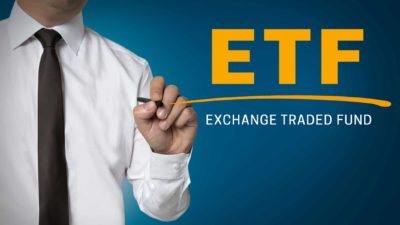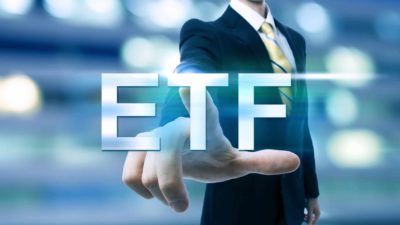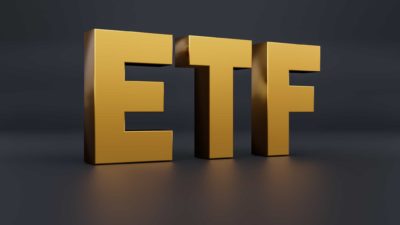The BetaShares Australia 200 ETF (ASX: A200) is one of the largest and most popular ASX exchange-traded funds (ETFs) available for Aussies. It invests in 200 of the largest ASX shares.
It doesn't technically track the S&P/ASX 200 Index (ASX: XJO). In fact, it tracks the Solactive Australia 200 Index, though the holdings are virtually identical.
The A200 ETF has net assets of $3.1 billion. Indeed, there are very few ASX ETFs that have more net assets — one is Vanguard Australian Shares Index ETF (ASX: VAS).
Now we're going to look at some of the reasons to like, and not like, the A200 ETF.
Positives
The BetaShares Australia 200 ETF is the cheapest ETF when it comes to investing in ASX shares.
There is something of a price war going on in the industry at the moment, giving investors a cheaper way to invest in ASX shares.
Earlier this year, BetaShares reduced its annual management fee from just 0.07% to an even lower 0.04% per annum from 22 February 2023.
This ultra-low fee means that almost all of the gross returns turn into net returns in investors' hands.
With 200 names in the portfolio, we're talking about quite a lot of diversification in terms of the number of holdings. Some of the biggest positions in the portfolio include BHP Group Ltd (ASX: BHP), Commonwealth Bank of Australia (ASX: CBA), CSL Ltd (ASX: CSL), Macquarie Group Ltd (ASX: MQG), Woodside Energy Group Ltd (ASX: WDS), Wesfarmers Ltd (ASX: WES), and Telstra Group Ltd (ASX: TLS).
Finally, the A200 ETF had a 12-month distribution of 6.5% according to BetaShares, which is a strong dividend yield.
Negatives
For me, the main negative is that the BetaShares Australia 200 ETF is heavily invested in just two sectors – ASX bank shares and ASX mining shares. In fact, just over half of the portfolio is made up of banks and miners, with only a few names making up that exposure, like BHP, CBA, and National Australia Bank Ltd (ASX: NAB).
I like diversification, but that objective seems defeated when you're heavily invested in just a few names from two sectors.
The nature of those industries typically means slow capital growth, but a lot of dividend income. For investors in the cumulation phase of their investment career, I think it makes more sense to go for growth over dividends, particularly if investors have to pay tax on those large dividend payments each year.
Over the past five years, the A200 has only produced an average return per annum of 7.6%. I also don't think the names that dominate the position sizing will be able to deliver strong compound returns over the next three to five years.
I really like ASX shares, but there are other ASX ETFs that could be more attractive where the holdings are more evenly split, such as VanEck Australian Equal Weight ETF (ASX: MVW) and Australian EX-20 Portfolio Diversifier ETF (ASX: EX20).









